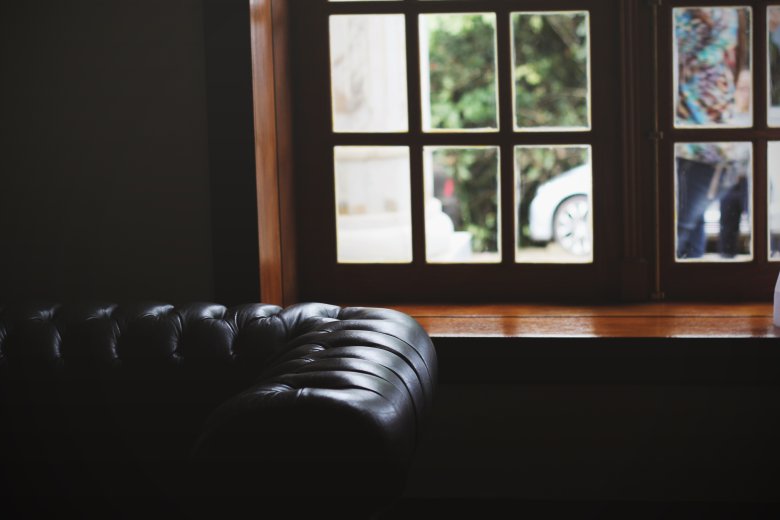- April 18, 2024

Leather furniture is a luxury that provides comfort for the household members. But like everything else that is luxurious, they require more care and delicacy. So how should you take care of them to enjoy their elegant appearance and comfort for as long as possible? Here are a few tips that will extend the life of our leather upholstery.
Furniture skin should be cared for with the same care as human skin. If we do not take care of it in advance, we will have to deal with the unattractive appearance of the furniture, and what is worse - the pleasure from using it will decrease. The skin needs to breathe and be regularly moisturised. That's why the place where we put the leather furniture is so important. We should beware of the proximity of any heat sources such as radiators. Dry air causes skin to dry out, crumble and crack.
Optimal air humidity should not be lower than 50%, and the minimum distance from heat sources is about 30cm. Do not put any hot objects on leather furniture, because they can discolour it. Similarly, the sun's rays work, so placing furniture in too sunny a room makes the skin fade.
Types of leather
The skin can be divided into two groups: smooth skin, which includes aniline, semi-aniline (Nappa), surface pigmented skin and rough skin such as nubuck and velour. The definitely most common group of leather in furniture industry includes surface pigmented leather - they constitute over 90% of all products. Aniline (much more expensive and therefore less common on our market) is one of the highest class, because only the best quality leather can be used to tan it. It is very pleasant to the touch, but also more sensitive and more susceptible to dirt.

Starting care
Manufacturers of upholstered furniture do not impregnate leather after the production process. Therefore, after purchasing and choosing a place to set the furniture, we must apply the first care treatment within the home SPA. By applying the impregnant on the surface of the skin we protect it against abrasion and color transfer. This procedure should be repeated every 3 months.
Smooth skin is the easiest to clean and care for, but only use professional products recommended by the manufacturer. Do not use creams, olives and solvent-based liquids. The use of such products may cause skin damage. Starting with the first care, let's choose a specialized agent, which will be designed for the type of skin that our upholstery has. But don't exaggerate the amount, because too much oil on the surface will cause us to stick to the perforation of the leather (small holes through which the leather breathes) and cut off the air. Then the effect will be similar to that of not maintaining our furniture at all. It is therefore necessary to balance the amount of care products with the golden mean principle in mind.
Attention stain
Even with a perfectly designed maintenance plan, there are random cases: spilled coffee or tea, fat stains. How should one react in such a situation? First of all, we should intervene quickly to prevent the liquid from being absorbed into the furniture leather. For freshly spilt tea or coffee, a simple paper towel is usually enough. In the case of fat stains, we reach for a dry cloth. When the stain is dry, clean it with a sponge soaked in stearin. We do the same when the stains settle on our couch earlier, without our knowledge.
Careful with the chemistry.
Under no circumstances should you use washing powders or chemicals containing turpentine, varnish, alcohol or solvents to care for your leather holiday. By using them, we do our furniture a bearish favour. Such measures even destroy leather upholstery, causing discoloration and damage to the thin protective layer, which makes the furniture deteriorate faster. That is why it is so important to check the composition of preservatives, and it is best to use only products of proven brands.
When caring for leather furniture, let's focus on places that are hard to reach and those that come into contact with human hair and skin every day. The same applies to places where our animals lie most often. The main ingredient of human and animal sweat is salt, which by soaking into the skin of furniture in effect causes it to dry out, harden and crack. Therefore, we should especially take care of backrests, headrests, armrests and any nooks and crannies formed in bends or tensions of the material. It is these places that are in the front line and it is them who are in the first place the most threatening.